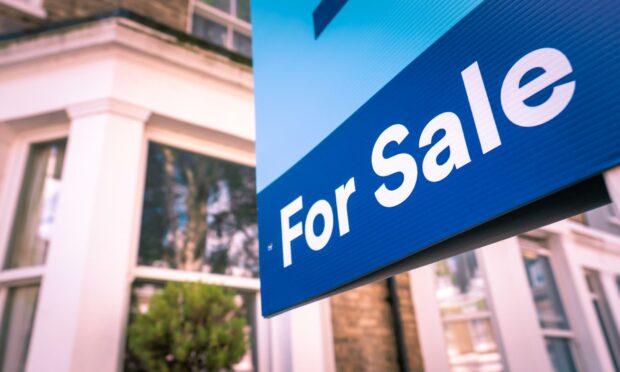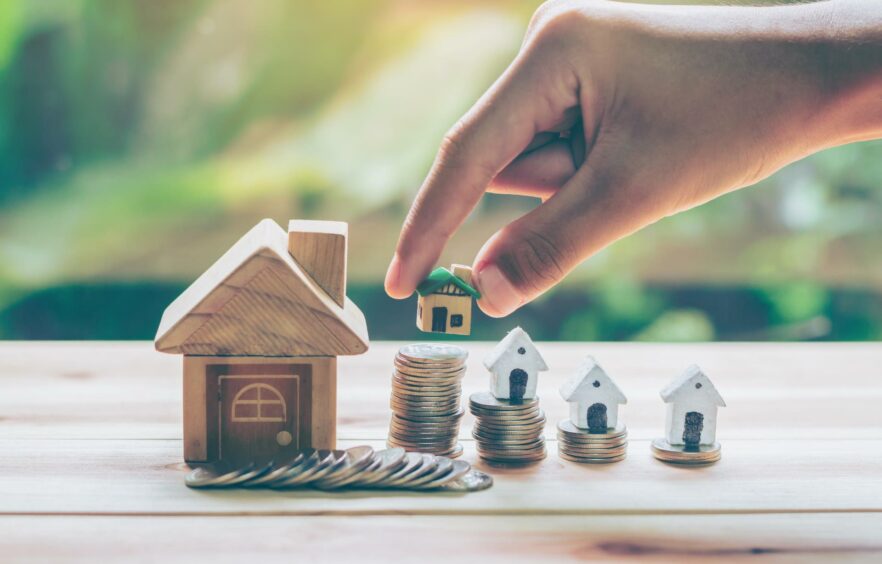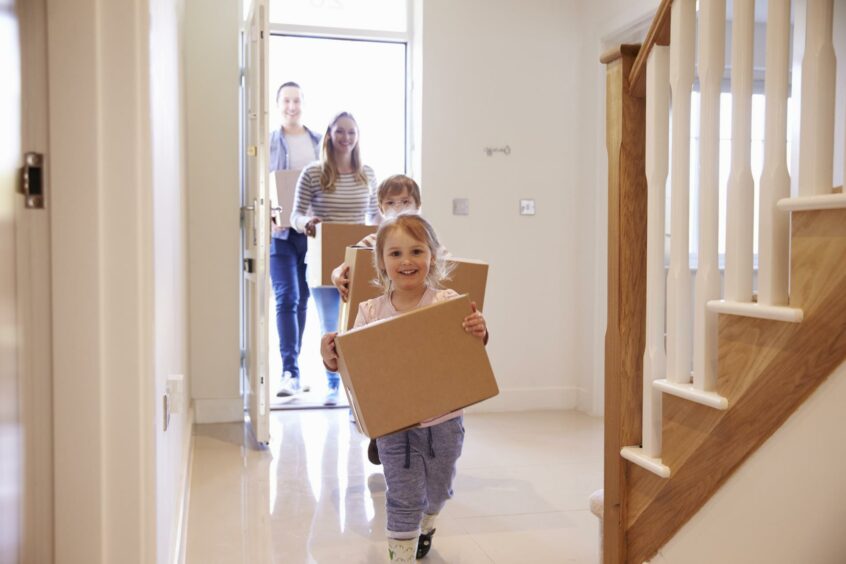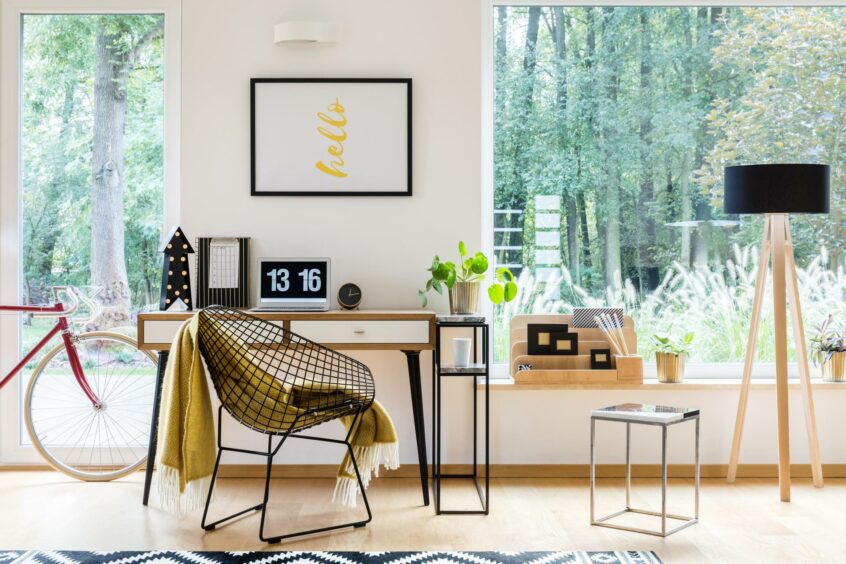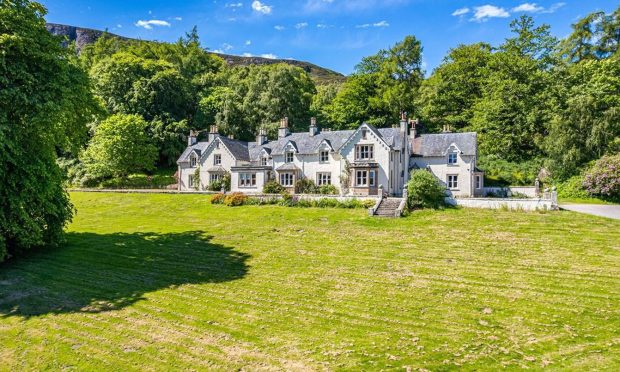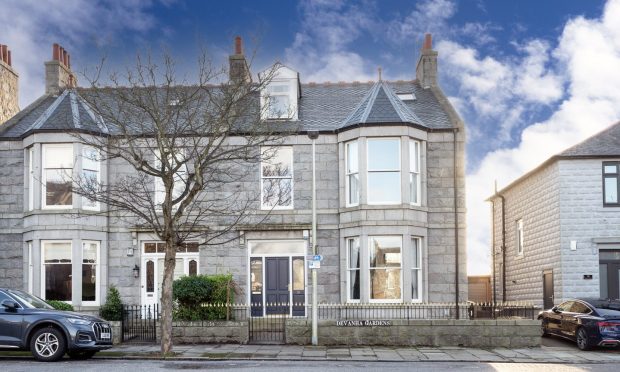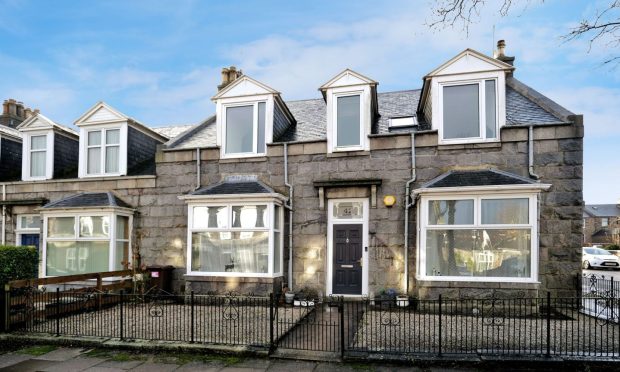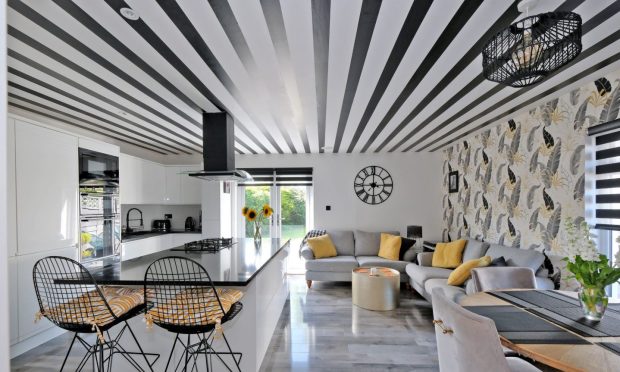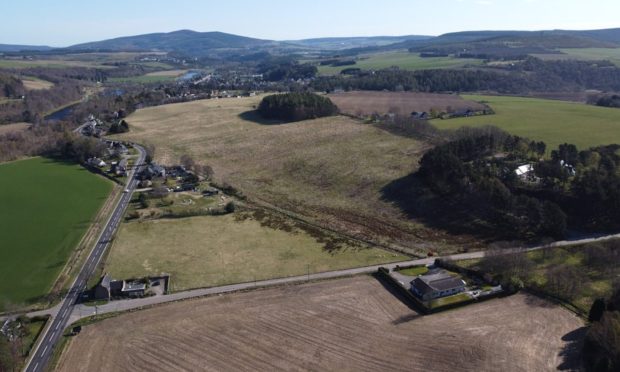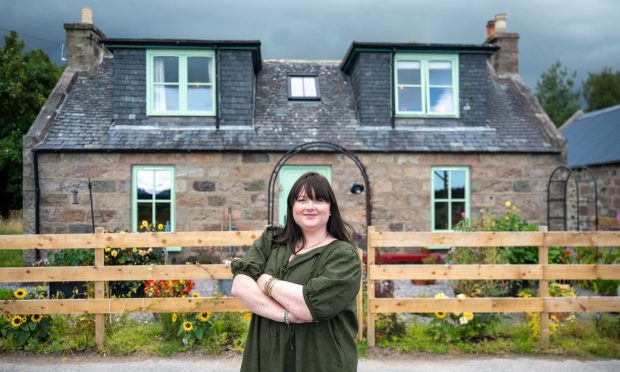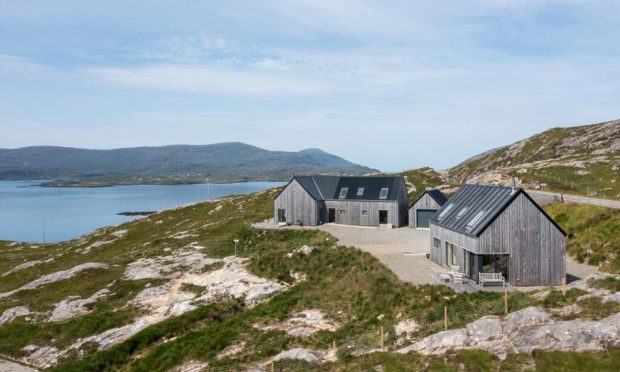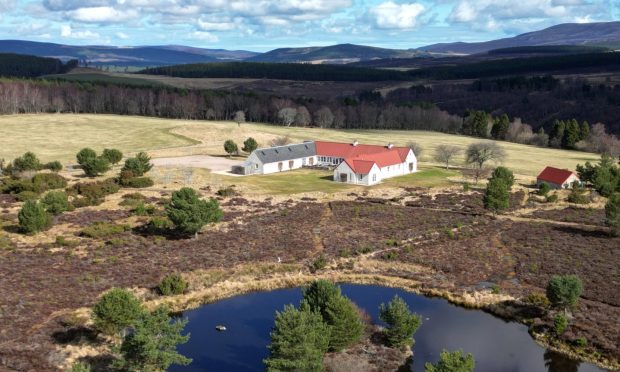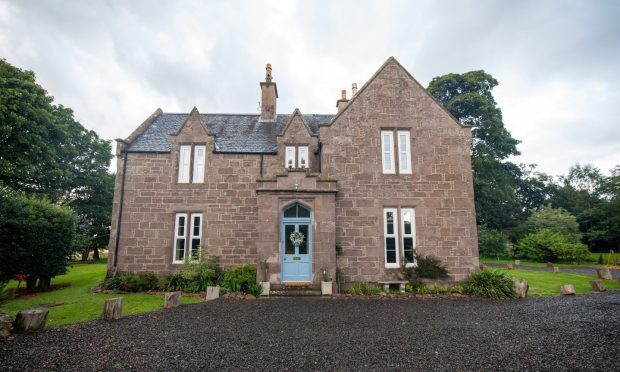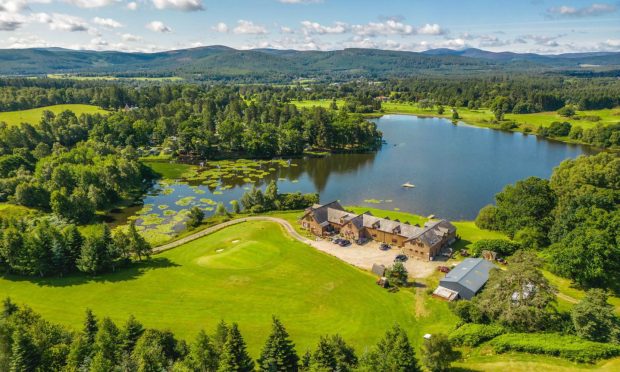The Orkney Islands saw the highest annual increase in average house prices in Scotland, with values sky-rocketing in February by 28.6% over the year.
Meanwhile Aberdeen City was one of just two areas in Scotland where average prices fell.
In Scotland as a whole, house prices rose again in February to an annual increase of 8.2%, according to the House Price Index from Walker Fraser Steele.
Their report also showed that a shortage of housing stock continued to support prices.
The average Scottish house price in February 2022 was £218,702, a monthly increase of 1.5%.
The report also found that private annual rental growth was at its highest rate since records began, encouraging buy-to-let investment.
Scott Jack, regional development director at Walker Fraser Steele, said: “Scotland continues to see record average house price growth with the average price paid for a house in February reaching £218,702, a price £16,600 higher than at the same time last year.
“It continues the trend from January and, on a monthly basis, this means prices in February rose by 1.5%, the highest increase in a month since August last year.
“In February, all the regions in England and Wales established new record average house price levels, but it is fair to say that the Scottish property market has robustly withstood one of the most seismic events in living memory in the past couple of years.
“The reasons for this strong performance remain constant across the UK. We are still seeing the results of people choosing to change the way in which they work and where they choose to do this.
Interest rates
“While inflation and interest rates are rising, we still enjoy relatively low borrowing costs.
“The supply of desirable property remains constrained so there is a lot of competition for the most desirable property.
“The pandemic’s impact on our ability to spend, which includes disposable income for socialising and holidays, has meant people have saved for more fundamental things such as a house purchase.
“Also, the rise in house prices during the period means existing homeowners have benefitted from an increase in the equity in their homes meaning they can move up the ladder.”
John Tindale, Acadata senior housing analyst, said that the February average of £218,702 set a record price for the country and was the seventh time that had happened in the past 12 months.
So what is causing this ongoing upward movement in prices, particularly when many commentators had been expecting to see a slowing in the growth rate, as increased cost of living pressures begin to bear down?
Mr Tindale said: “In general terms we are still living with the effects of the pandemic and the lifestyle changes this has brought about, in particular the work-from-home edict has encouraged many to move to larger premises with outdoor facilities, the so-called race for space.
Aberdeen house prices buck the trend
“There is still high demand for such homes, but supply is limited, so there continues to be strong competition.”
In February, 30 of the 32 local authority areas in Scotland saw their average prices rise over the previous 12 months.
Aberdeen City and Clackmannanshire saw annual price falls.
In Aberdeen City, it is the average price of terraces and flats that fell, causing an annual drop of 0.9% and a monthly drop of 0.4%.
This means the average house price in Aberdeen in February was £190,375.
Mr Tindale added: “In Aberdeen, there is a strong correlation between house prices and the price of crude oil.
“We anticipate property values will begin to increase relatively soon, following the recent dramatic rise in oil prices.”
The area with the highest annual increase in average house prices was the Orkney Islands, where values were up 28.6% over the year to £220,675.
However this statistic is based on a low volume of sales – 13 transactions in the Orkney Islands in February 2022.
Read more…
Check the average house prices and rents in your area with our Housing Market Tracker.
